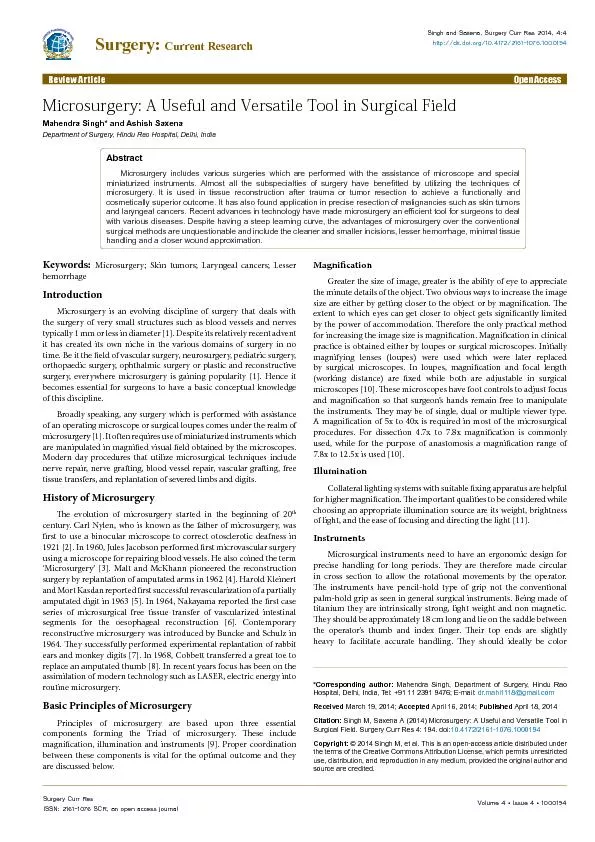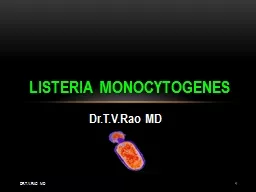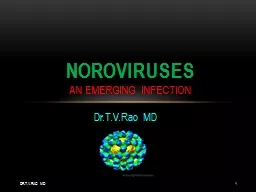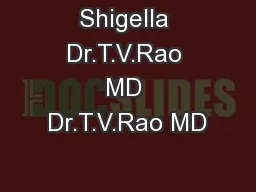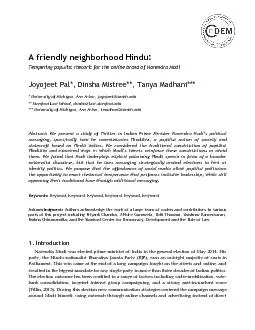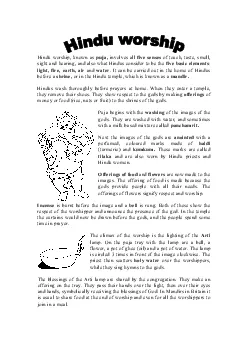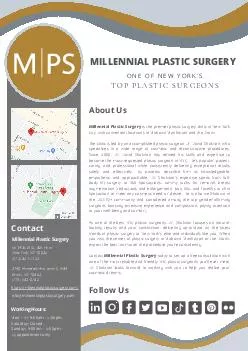PDF-Mahendra Singh* and Ashish SaxenaDepartment of Surgery, Hindu Rao Hosp
Author : pamella-moone | Published Date : 2016-06-26
Corresponding author Mahendra Singh Department of Surgery Hindu Rao Hospital Delhi India Tel 91 11 2391 9476 Email drmahi1118gmailcom
Presentation Embed Code
Download Presentation
Download Presentation The PPT/PDF document "Mahendra Singh* and Ashish SaxenaDepartm..." is the property of its rightful owner. Permission is granted to download and print the materials on this website for personal, non-commercial use only, and to display it on your personal computer provided you do not modify the materials and that you retain all copyright notices contained in the materials. By downloading content from our website, you accept the terms of this agreement.
Mahendra Singh* and Ashish SaxenaDepartment of Surgery, Hindu Rao Hosp: Transcript
Download Rules Of Document
"Mahendra Singh* and Ashish SaxenaDepartment of Surgery, Hindu Rao Hosp"The content belongs to its owner. You may download and print it for personal use, without modification, and keep all copyright notices. By downloading, you agree to these terms.
Related Documents

